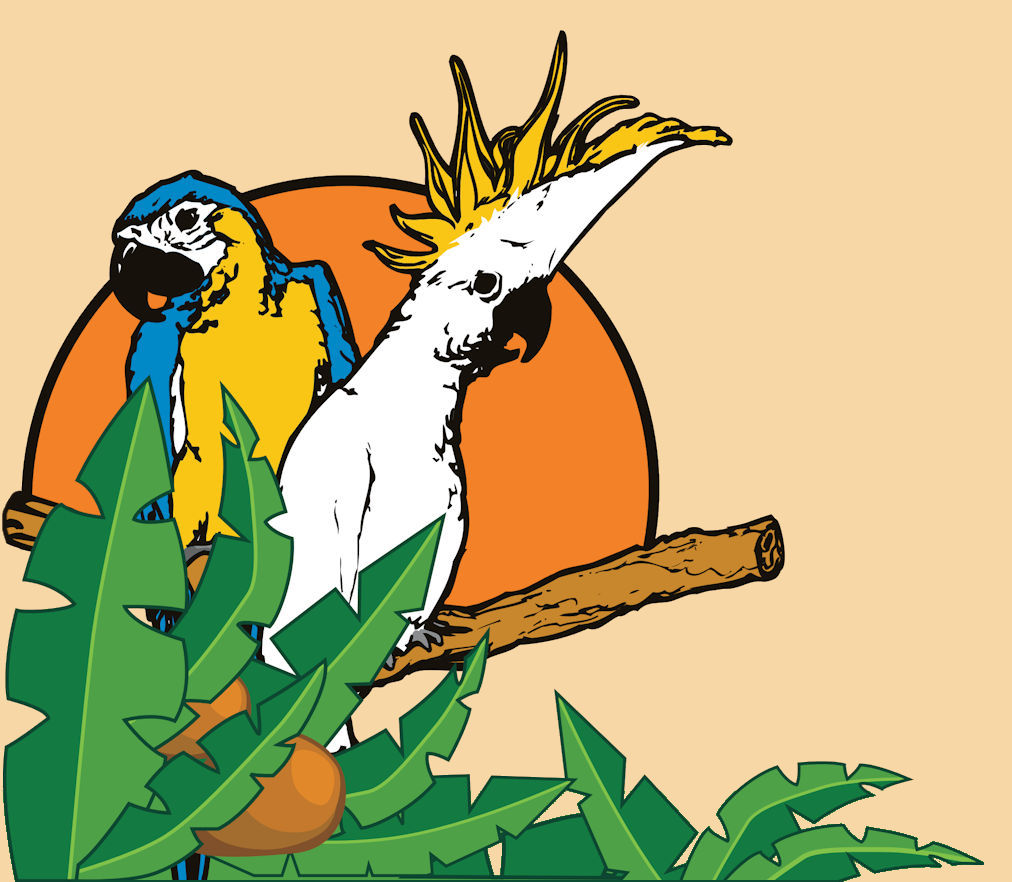What is molting?
Molting, in birds, is when old feathers are replaced by new feathers. These new feathers are the sheathed “pin feathers” which eventually open up to reveal the new feather. Molting is important because in the wild, feathers will ultimately become damaged or worn-out, so a bird must be able to replace those feathers or they will become vulnerable to predators and the elements! As adults, most birds molt at least once or twice per year. Feathers are usually replaced symmetrically. You may notice this if you clip your parrot’s wings- if 2 or 3 feathers have grown in on a wing, those same feathers are usually grown in on the other wing also.
In the wild, molting may occur as specific times of the year. We don’t always notice it like this with birds in captivity though because we have altered their natural cycles which regulate molting like temperature, light, and food availability.
Molting takes energy and depletes nutrients, some birds will look raggedy during this time- it may be particularly noticeable in Eclectus and Gouldian Finches. It is important to note that molting will not result in bald spots or large downy patches- areas like this usually indicate feather picking or plucking. There are supplements that can be added to the diet during molting to help replace the depleted nutrients:
Feather Fast – A powdered supplement containing a variety of nutrients designed to aid in molting for all birds.
Liquid Iodine – A liquid supplement that is aids in molting for Gouldians and other Australian finches.
Kaytee Molting & Conditioning – A supplement / seed mixture for small birds to replace nutrients used while molting.
